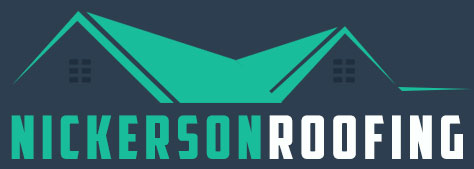Roof pitch is given in ratios, using inches in the United States. The run is the horizontal distance and is standardized to 12 inches. The rise is the vertical distance and is also given in inches. A 2/12 pitch rises 2” for every 12” horizontal. Thus 32 foot wide room with the roof ridge centered over the room will provide a run of 16 feet from the top of the wall to the ridge a 2/12 pitch will be 32” high at the center. When we consider roofing materials, the visible part, not the underlayment, there are considerable options. Many conditions, many weather related, are analyzed to arrive at an informed decision.
Best Roofing Materials for Hot, Dry Weather
In the desert flat roofs are prevalent as they don’t need to contend with snow. What rains that are experienced may be cloud bursts or a deluge, but snow and freezing temperatures leading to ice formation are seldom encountered. Wind and sun is the usual roofing enemy encountered in this environment. Roof shingles on low pitch (2/12 to 4/12) are vulnerable to wind as the wind can blow under shingles and in a driving rain water may accumulate as well. The wind over time can peel off the shingles. Low roof pitch materials generally include a membrane, lower than 2/12 pitch uses BUR (built up roof) of asphalt and gravel. No well designed flat roof is totally flat. Some slope is necessary to direct rain water towards the drains. Low pitch roofing does not shed rain well, so in areas where there is a lot of rain a higher pitch is necessary. Materials include metal, rubber, wood shingles, shakes, tile and slate. Shingles can be had in asphalt or asphalt-fiberglass. In areas susceptible to fire, wood, asphalt and asphalt-fiberglass are probably not a good idea. Fiberglass shingles are light weight but do not holdup in cold, wintery conditions and have a relatively short life. Wood, slate and tile may not resist hail to a high degree and be susceptible to breakage. The newer rubber material shingles made from recycled tires are a good option in areas that experience regular hail conditions. Rubber can resist up to 2’ hail and some are warranted for up to 50 years.
Best Roof Material & Pitch for Snow
The primary difference between shakes and shingle is the thickness. Shakes are thicker at the butt, up to 3/4” while shingles are cut thinner, usually sawn while shakes are split on one side. Slate and tile are heavy. The roof has to be designed to support this weight as well as anything that may land on the roof, like rain or snow. Snow runs about from about 15 lbs per cubic foot up 20 lbs or more for compacted snow. 1500 sq ft roof with an average of 6 inches of snow would experience a load bearing weight of 11,250 lbs or about 5 1/2 tons. Also in snow country as the roof pitch goes up so the roof area increasing roofing material, and the material’s weight. Metal roofing, is available in continuous vertical panels or tiles, shingles and slate. Made to look like common roofing materials, metal roofing is durable, attractive and to an extent fire resistant. Warranties run 30 years or more with life expectancy of over 50 years. Metal has a low life cycle cost, reflect summer heat, resist hail, earthquake, forest fire and high winds.
Roofing Replacement & More in Truckee, Mystic, Floriston, Olympic Valley, Alpine Meadows, Tahoe City, Dollar Point, Ridgewood, Carnelian Bay, Kings Beach, Eder, Norden, Soda Springs & The North Lake Tahoe Basin of California
So materials, weather conditions and life cycle costs are all considerations for a new roof. Nickerson Roofing knows our dry-summer continental climate quite well as we live and work here. We can advise as to the best roofing materials to withstand our extremely wet and snowy winters.




